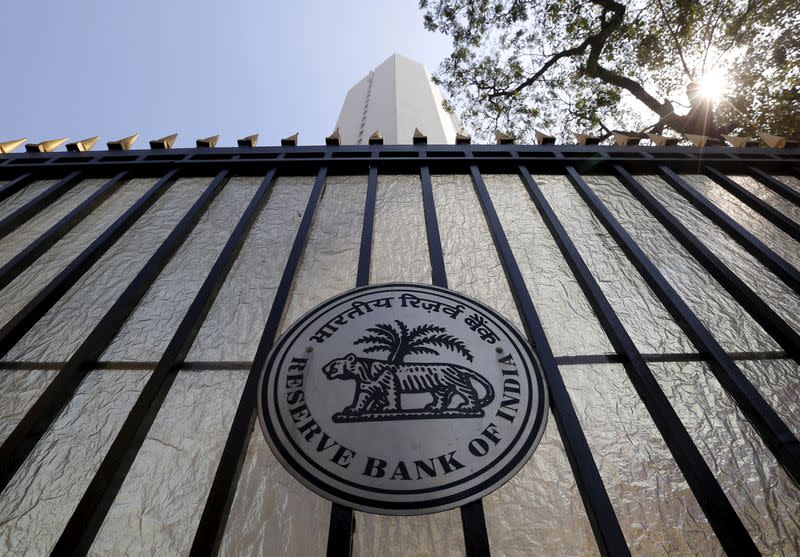India's cost of capital to slide further, says Axis Capital

MUMBAI (Reuters) - Demand for Indian federal and state bonds is expected to exceed supply for next few years, driving down the cost of funds for the current, as well as next financial year, a top analyst at brokerage Axis Capital said.
Though combined borrowings of central and state governments could fall to 18 trillion rupees ($215.49 billion) in the financial year ending March 2025, demand will be comfortably above that level even if foreign investors do not buy more Indian debt, Neelkanth Mishra, head of research at Axis Capital said in a note dated July 1.
"The demand-supply gap affects term premia, which can fall further," said Mishra.
At present, the spread between the 10-year benchmark bond yield and similar tenor state debt yield is around 31-35 basis points.
Favorable demand-supply balance has also pushed the spread, or additional amount sought by investors, for state government bonds to a record low, the report said.
The spread for maturity papers of 20 years and above has further shrunk to around 20-25 bps.
If the Federal Reserve starts policy easing, it would also boost demand from foreign investors for government bonds, Mishra said.
Indian government bonds have been included in JPMorgan's emerging market debt index since June 28, but inflows have already exceeded $11 billion since the announcement in September.
The favorable demand-supply dynamics for Indian government bonds will continue into next financial year, with the fiscal deficit seen falling further, according to Axis Capital.
"Government continuity has raised confidence in the FY26 central fiscal deficit target of below 4.5%. If states' deficits
remain similar, the general government deficit would fall to 6.9%, last seen in FY17."
India is due to present budget for the full year before end of July, and had targeted fiscal deficit at 5.1% in the interim budget.
Axis Bank expects the government to lower the target to 4.9%.
($1 = 83.5300 Indian rupees)
(Reporting by Dharamraj Dhutia; Editing by Nivedita Bhattacharjee)

 Yahoo Finance
Yahoo Finance 